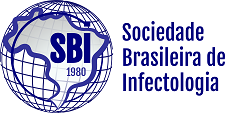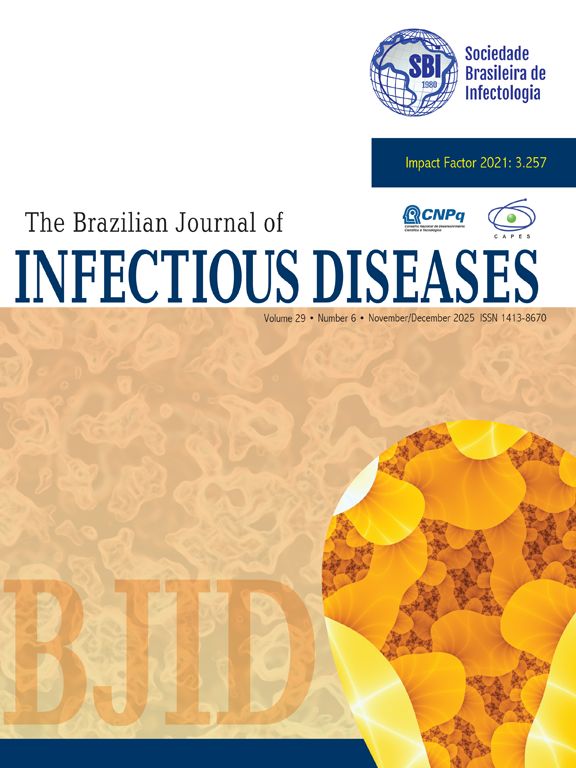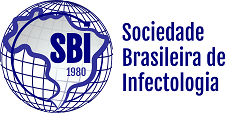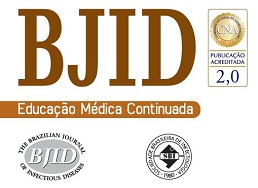Highly active antiretroviral therapy (HAART) reduces AIDS-related morbidity and mortality, however it has been associated with metabolic abnormalities. This study estimated the prevalence of lipid abnormalities and related factors among patients on HAART. A cross-sectional study was conducted on adult patients, in central Brazil. Patients were interviewed, and blood obtained for lipids measurement. Dyslipidemia was defined as total cholesterol (TC) ≥ 240mg/dL, low-density lipoprotein (LDL) ≥ 160mg/dL, triglycerides (TG)>200 and/or high-density lipoprotein (HDL)<40mg/dL. Multiple logistic regression analyses were performed (SPSS 13.0). One hundred and thirteen patients were recruited. Mean age was 39.3 years; 68.1% were males; 50.4% were on nucleoside reverse transcriptase inhibitors (NRTI) in combination with non-nucleoside reverse transcriptase inhibitors (NNRTI), while 42.5% were on NRTI in combination with protease inhibitors (PIs). The prevalence of dyslipidemia was 66.7%. Low HDL was the most frequent abnormality (53.5%), followed by high TG (36.1%). Patients on a PI regimen had a 5.2-fold higher risk (95% CI: 1.8-14.8) of dyslipidemia, even after adjusting for sex, age, and duration of HIV infection/AIDS. The study discloses a high prevalence rate of dyslipidemia and points out a need for intervention programs to reduce future cardiovascular events in patients, on HAART.
The Impact Factor measures the average number of citations received in a particular year by papers published in the journal during the two preceding years.
© Clarivate Analytics, Journal Citation Reports 2025
SRJ is a prestige metric based on the idea that not all citations are the same. SJR uses a similar algorithm as the Google page rank; it provides a quantitative and qualitative measure of the journal's impact.
See moreSNIP measures contextual citation impact by wighting citations based on the total number of citations in a subject field.
See more



